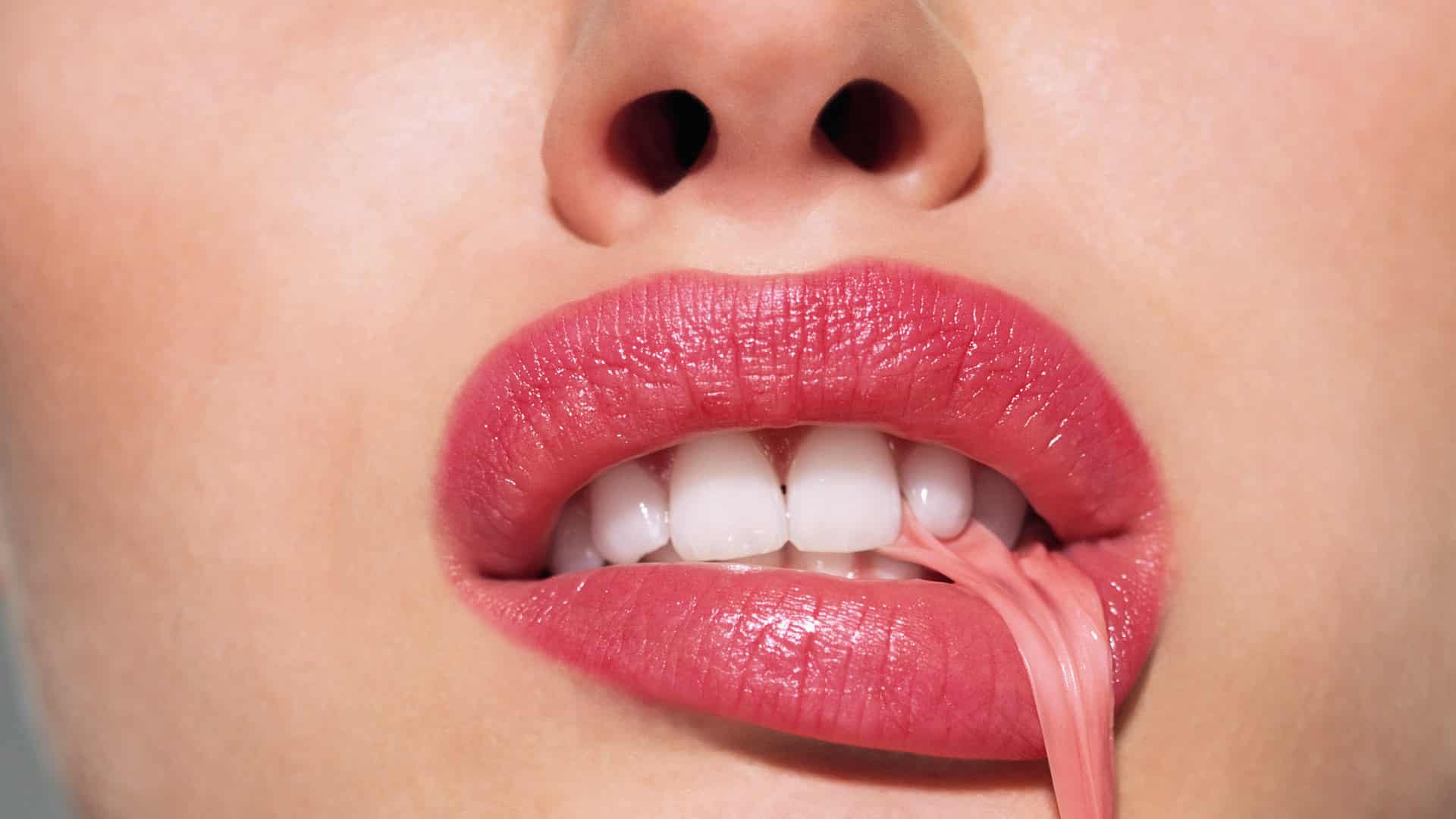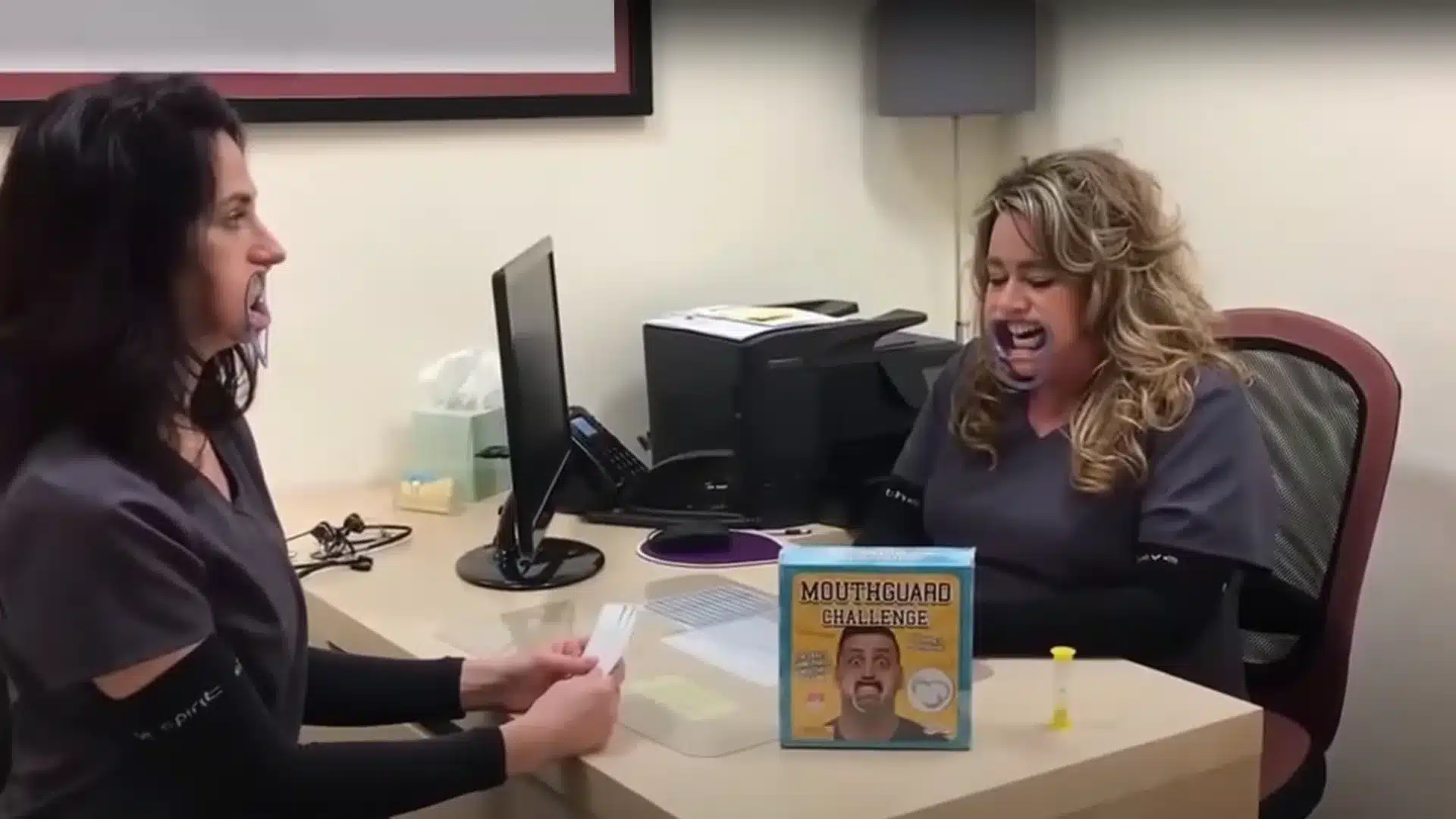When you were a young child, your parents probably told you a few (hundred) times that candies and sweets would “rot your teeth.” Yes, that’s mostly true, but there are a few exceptions. Cavities only occur when you have the right “Cavity Combination” in your mouth.
Your Parents Were Right – Mostly
For cavities to start, you need to have a food source. This food source is sugar! This can be complex sugars, but simple sugars can accelerate cavity formation. Next you need something to eat the sugar and produce acid to dissolve the minerals out of your teeth. This is were your friendly streptococcus mutans become the star of the show. This bacteria break down the sugars and produce a waste product of lactic acid. This lactic acid is what “eats” away the tooth structure.
As a major etiological agent of human dental caries, S. mutans lives primarily in biofilms on the tooth surfaces, the so-called dental plaque.
https://www.ncbi.nlm.nih.gov/pmc/articles/PMC6615571/
So I like to tell children that when they’re too lazy to brush their teeth, the tooth bugs eat any candy left that didn’t get brushed away and poop out acid that dissolves their teeth. You can only imagine the funny faces these children make when they hear my bug pooping story. The good news is that chewing a stick of gum may do the opposite. It does not only make your breath fresher after meals, it also has a lot of other benefits in preventive dentistry.
How Does Chewing Gum Help?
Chewing gums made today contain the same main ingredients. These ingredients include a gum base, sweeteners (primarily sugar and corn syrup), and some flavorings such as spearmint, peppermint and cinnamon. Some gums contain softeners like glycerin and vegetable oil.
Because of the advancements in food science, several different types of gums have been made available today with additional ingredients that can benefit the oral health. Popular examples of these chewing gums include sugarless gums and gums containing xylitol, which is part of a good preventive dentistry plan.
You’ve probably read or heard that chewing gum can increase the flow of your saliva. That’s correct. But, how does chewing gum after a meal help your oral health?
Since chewing a gum increases saliva production, the increased flow of saliva helps in flushing out food debris, remaining sugars, and harmful acids in your mouth that were produced while you were eating your food. If not washed away, these debris, sugars, and acids can break down the outer surface of your teeth and form tooth decay overtime. Also, an increase in salivary flow carries with it more calcium and phosphate which are essential in strengthening the outer surface of our teeth.
Studies have shown that chewing a sugar-free gum after a meal for 20 minutes can help in preventing formation of tooth decay. One such study concluded that people who regularly chewed sugar-free gum (SFG) developed 28% less caries than those who did not.
SFGs were found to significantly reduce caries increment, giving a preventative fraction (PF) of 28% (95% CI, 7% to 48%). Including the 8 trials that used xylitol gum only as the basis of the intervention, the PF was 33% (95% CI, 4% to 61%). No adverse effects were recorded.
Newton JT, Awojobi O, Nasseripour M, et al. A Systematic Review and Meta-Analysis of the Role of Sugar-Free Chewing Gum in Dental Caries. JDR Clin Trans Res. 2020;5(3):214-223. doi:10.1177/2380084419887178
And another systematic review found that chewing sugar-free gum significantly reduces the load of Streptococcus mutans in the oral cavity (in particular xylitol gum).
The use of SFG significantly reduced the load of Streptococcus mutans (effect size – 0.42; 95% CI – 0.60 to – 0.25) compared to all controls. In seven of the 13 studies the confidence intervals of the effect size estimate included zero, suggesting no effect of the intervention. Twelve trials used xylitol gum only as the basis of the intervention; xylitol gum significantly reduced the load of Streptococcus mutans (effect size – 0.46; 95% CI – 0.64 to – 0.28) in comparison to all controls.
Nasseripour M, Newton JT, Warburton F, et al. A systematic review and meta-analysis of the role of sugar-free chewing gum on Streptococcus mutans. BMC Oral Health. 2021;21(1):217. Published 2021 Apr 29. doi:10.1186/s12903-021-01517-z
And just to sweeten the deal, chewing sugar-free gum also helps with dry mouth and bad breath often caused by a reduced saliva flow. Yet another reason to indulge in having that stick of gum. Chewing for about 20 minutes gets those juices flowing and it’s an easy thing to do after a meal on the go.
Can you see how chewing SUGAR-FREE gum is a great part of preventive dentistry?
And did you know that chewing gum can also improve your digestion? As we all get older, our body produces less and less stomach acid. Because of this, some of us can have a hard time digesting some foods. Chewing gum which is made from xylitol, a natural sweetener, contains the best digestive benefits. In order to improve your digestion, try chewing a gum which contains xylitol before eating or right after eating. More saliva may help you build up the amount of acid in your stomach that is needed by your body in order to digest your meal.
Types of Sugar Free Gum
Obviously the oral health benefits of chewing gum is restricted to the sugar free kind. Packing a load of Bazooka bubble gum in after a meal is only going to make matters worse, not better – unless it’s Bazooka Sugar Free Bubble Gum (yes, it’s exists!) and yes, it includes the comics.
Sugar-free gum is sweetened by non-cavity-causing sweeteners such as aspartame, sorbitol, xylitol, or mannitol.
So make sure you choose a sugar free gum (look for an ADA seal), be sure it contains xylitol if you’re chewing for the additional digestion benefits, and make preventive dentistry (and preventive health) a habit.
Why Not Concentrate on Prevention Tactics
I have noticed an increase in cavities in teenagers in the Lewiston and Auburn Maine area due to a lack of preventive dentistry. Most people seem to be very interested in teeth whitening and cosmetic dentistry, but if you don’t have a good foundation of posterior teeth, your front teeth will fracture. Why not concentrate on preventing tooth decay, especially when it’s as easy, and fun, as chewing a stick of gum.
Note – Chewing gum doesn’t replace brushing and flossing! And if you think chewing gum before or after meals doesn’t help with digestion, consult your doctor to make sure you don’t have a more serious problem regarding your digestive system. If you struggle digesting aver every meal, it could be a sign of something more serious.





